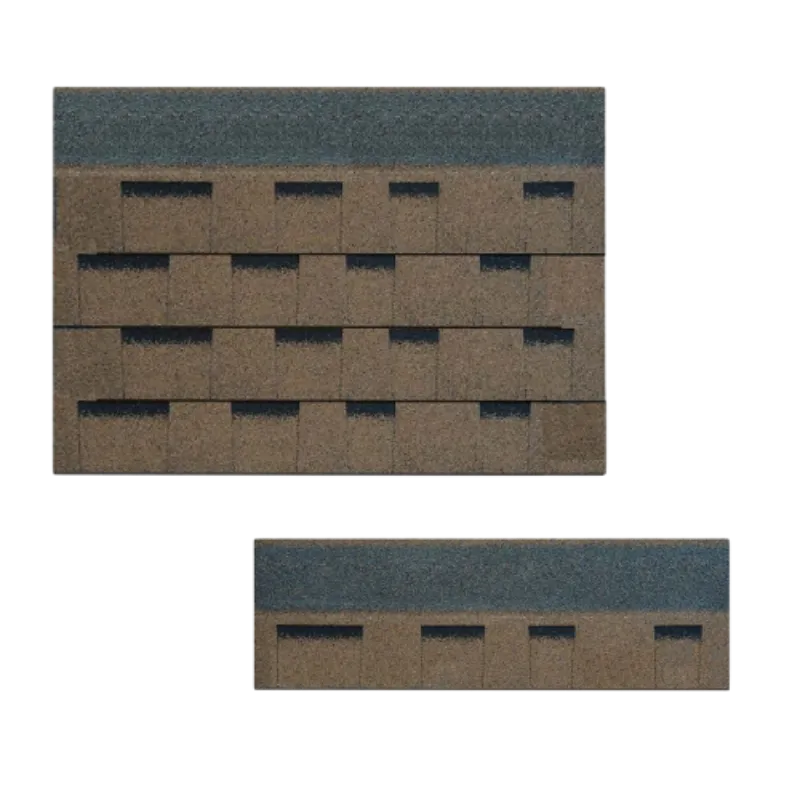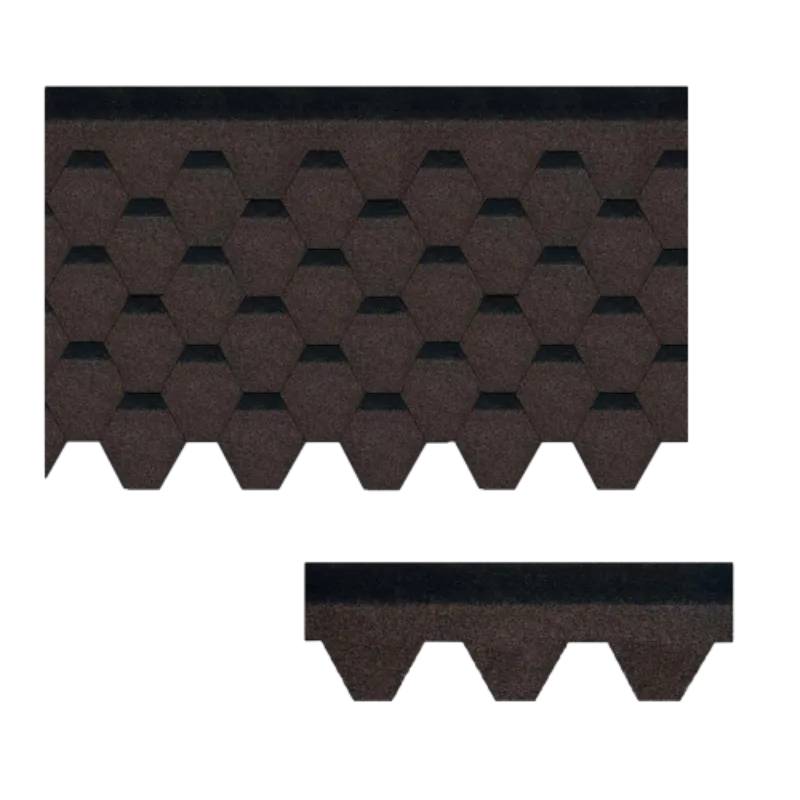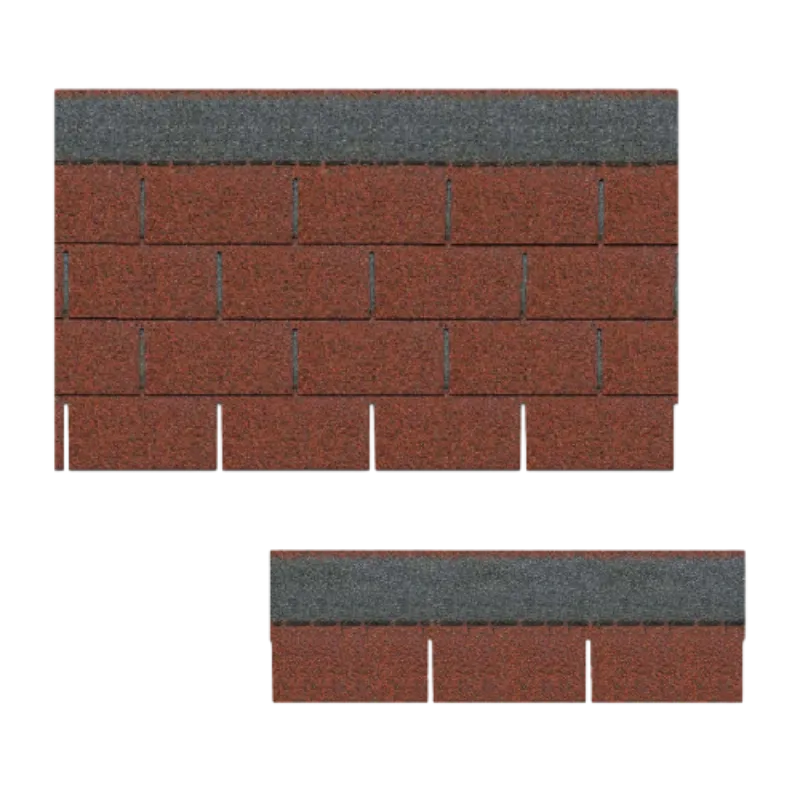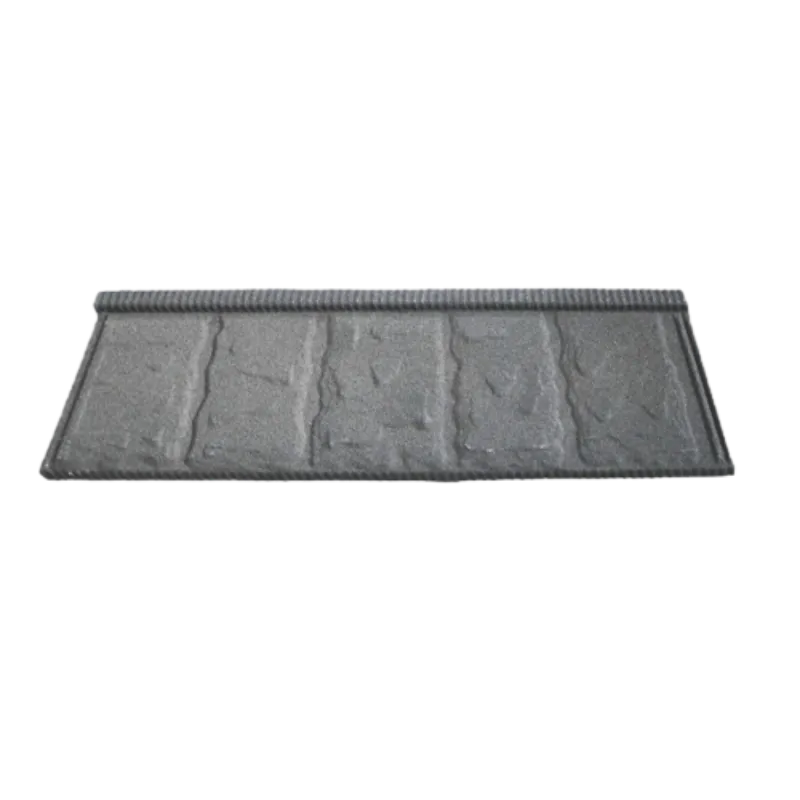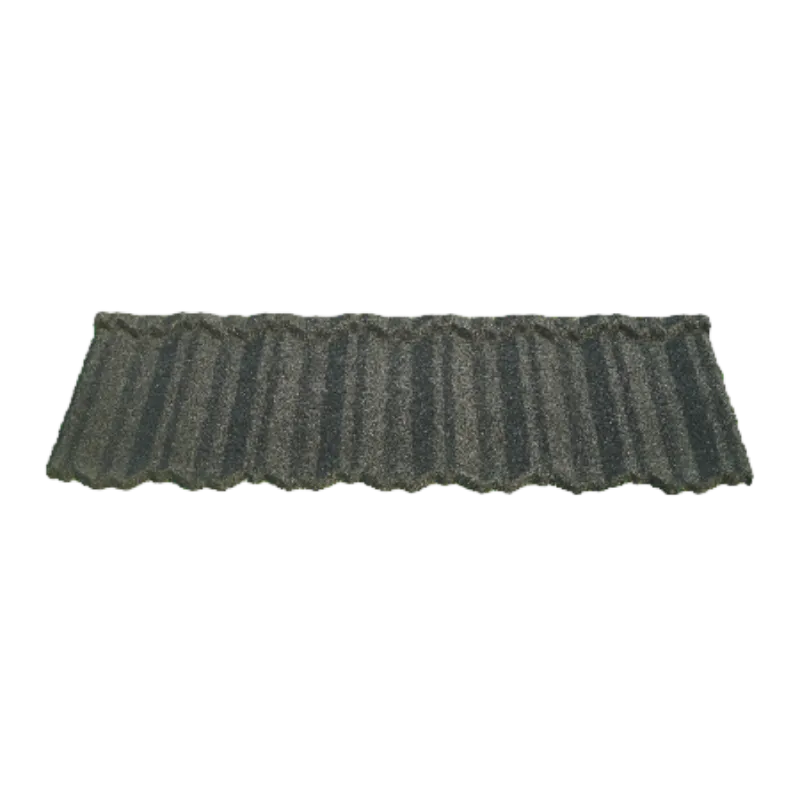
វិច្ឆិកា . 03, 2024 11:26 Back to list
laying asphalt shingles
Laying Asphalt Shingles A Step-by-Step Guide
Asphalt shingles are one of the most popular roofing materials in North America, prized for their durability, affordability, and ease of installation. Whether you are a seasoned DIY enthusiast or a homeowner looking to save on roofing costs, laying asphalt shingles can be a manageable project. In this article, we will guide you through the essential steps involved in this process.
Materials Needed
Before you start, gather the necessary materials and tools. You will need asphalt shingles, roofing felt, a chalk line, roofing nails, a hammer or nail gun, utility knife, and a nail puller. Safety equipment, including gloves and goggles, is also vital to protect yourself during the installation.
Preparation
Begin by inspecting the existing roof structure. Ensure that it is clean, dry, and free of any debris. If there are major problems, such as rot or structural damage, these should be addressed before laying new shingles. Once the roof is prepared, install roofing felt, overlapping each row by at least 4 inches to provide a moisture barrier. Use roofing nails to secure the felt properly.
Laying the Shingles
Start at the bottom edge of the roof and work your way upward. This ensures that water will flow over the seams rather than beneath them. Using a chalk line, mark a straight line as a guide for your first row of shingles. Place the first shingle in line with this guide, ensuring it overhangs the eave by about an inch.
laying asphalt shingles
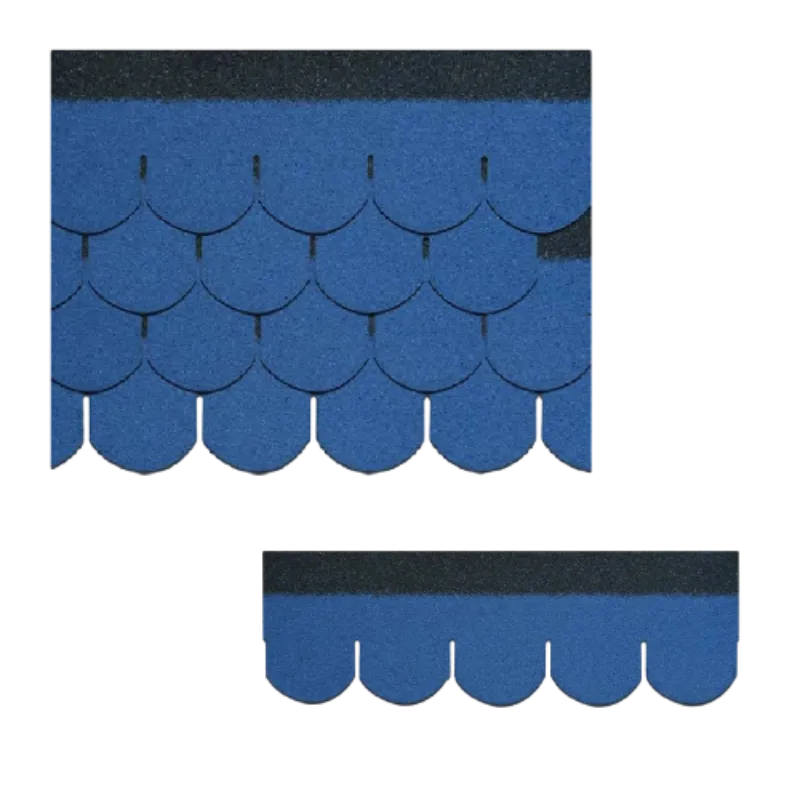
When fastening the shingles, use four to six roofing nails depending on the manufacturer's instructions. Ensure that the nails are driven straight and flush with the shingle surface to avoid damage. Do not overdrive the nails, as this can cause the shingles to lose their sealing capacity.
Continuing the Process
As you lay subsequent rows, stagger the seams of the shingles to enhance the roof's aesthetics and structural integrity. This means that the first shingle of the second row should be positioned above the joint of the shingles in the first row. Continue this pattern, moving upward until you reach the roof's peak.
At the ridge of the roof, you have two options for finishing use ridge cap shingles or cut standard shingles to fit. Ensure they are well-ventilated to prevent moisture buildup. Secure these caps with nails, maintaining the same nailing pattern used for the rest of the shingles.
Final Touches
Once you have laid the last row of shingles, inspect your work thoroughly. Ensure that all shingles are secured and that there are no exposed nails. Clean the roof area from any debris, leftover shingles, or materials that may have accumulated during the installation process.
Conclusion
Laying asphalt shingles can be an excellent way to improve the look and functionality of your home. By following these straightforward steps and taking your time, you can achieve a professional-looking finish. Always prioritize safety and adhere to local building codes. With proper care, your asphalt shingle roof will provide reliable protection for many years to come.
-
Rubber Roofing Shingles - Durable & Weatherproof SBS Rubber Asphalt Shingles for Homes & Businesses
NewsJul.08,2025
-
Crest Double Roman Roof Tiles – Durable, Stylish Roofing Solution at Competitive Prices
NewsJul.08,2025
-
T Lock Asphalt Shingles Durable Roofing Solution for Long-lasting Protection
NewsJul.08,2025
-
Top Stone Coated Metal Roofing Suppliers & Manufacturers Durable Stone Coated Metal Tile Solutions
NewsJul.07,2025
-
How Many Bundles of Asphalt Shingles in a Square? Fast Roofing Guide & Tips
NewsJul.07,2025
-
How Long Should a Cedar Shake Roof Last? Expert Guide & Replacement Options
NewsJul.06,2025


